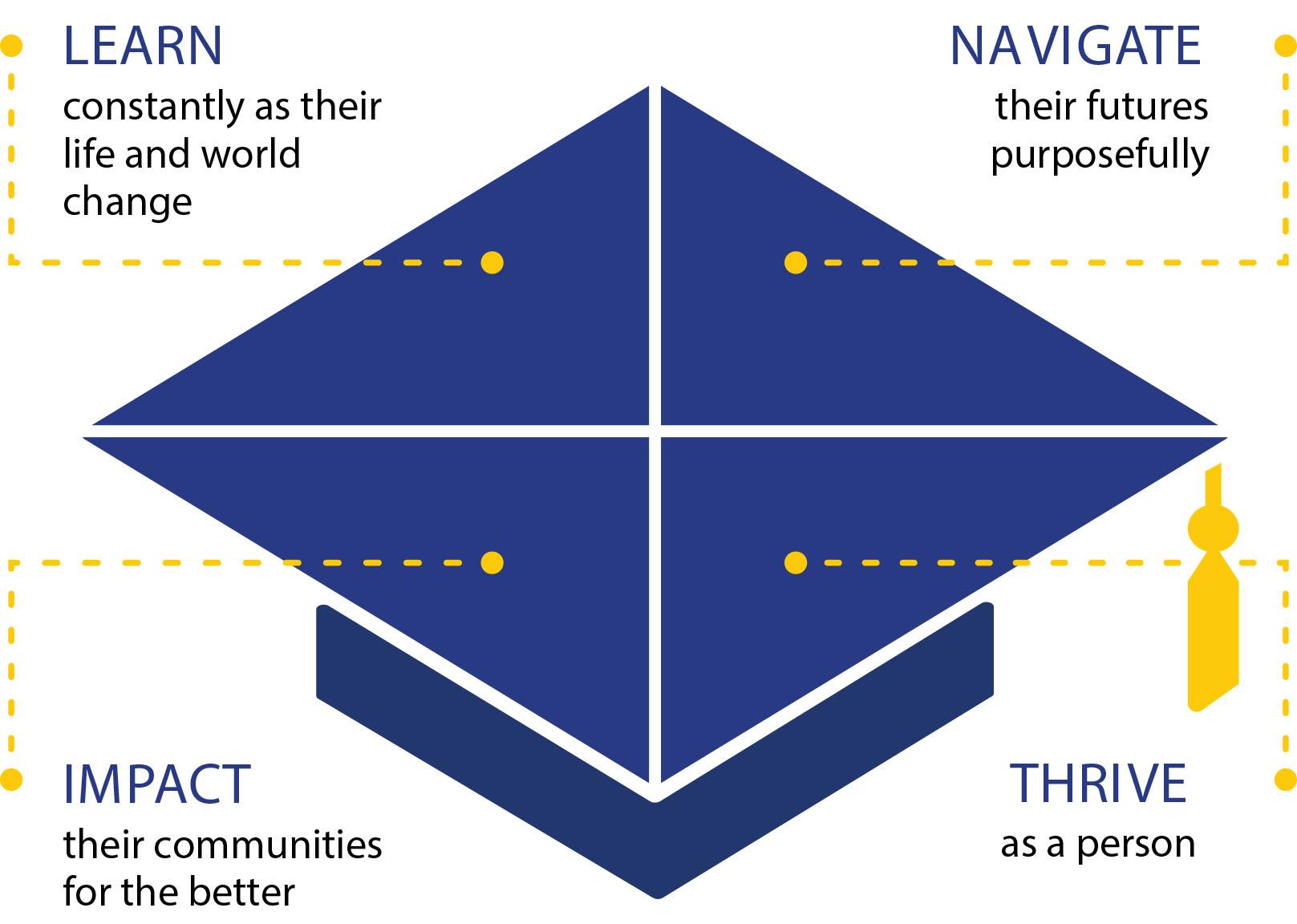
South San Francisco Unified School District (SSFUSD) administrators and principals of the district’s nine elementary schools, three middle schools, and two high schools met on March 14, 2024, to strategize about ways to bring the district’s portrait of a graduate to life at individual schools.
“A teacher in the classroom should be able to bring this to life just as we are doing at the district and school level,” said Katie Martin, a consultant from Learner Centered Collaborative.
Martin was leading the district’s principals and administrators through a series of exercises designed to help them better understand and communicate the vision spelled out in SSFUSD’s new strategic plan.
“The strategic plan is not something that sits in a binder that gathers dust on a shelf. It’s a tool that helps you understand where your district or school is headed.”
Strategic Plan Priorities
SSFUSD’s strategic plan revolves around five priorities that are aligned with the district’s values of community, authentic relationships, resilience, and equity:
- Exceptional Instruction
- Engaged Students
- Purposeful Partnerships
- Empowered Educators
- Equity-Centered Systems
The priorities are designed to help bring about the outcomes outlined in the portrait of a graduate, which describes the knowledge and skills SSFUSD students need in order to succeed after graduating from high school.
“We need a portrait to really define what we are trying to do,” said Martin. “It can provide that catalyst to really transform systems, if we’re really clear what we’re trying to accomplish.”
Creating and Sustaining the Momentum for Change
Change is hard, and changing longstanding educational practices can often be difficult.
However, simple conversations in the classroom and at schools can be the start of something bigger.
“Ask teachers what they want to celebrate,” Martin suggested to principals. “What are things they’re seeing in their own practice or in their colleagues’ that they want to celebrate that gets people excited, and they want to grow it?”
According to Martin, focusing on and celebrating educational practices that are working, and that teachers like to do, want to do, and are excited to do can be the starting point for generating new ideas and practices that fulfill the aims of the portrait of a graduate.
“We’re going to ask you to go and engage your communities in a way that feels meaningful and authentic to you, and we’re going to come back and say, ‘What did you do and what did you learn?’. . .so we can have the conversation as principals and keep the momentum [for change] moving forward. . .and that becomes a community of practice where we learn together and grow together but actually have the impact at your schools in ways that are really meaningful.”
Dr. Moore agreed.
“What we’re trying to do is. . . figure out—here’s what we think we can do across the board in elementary, middle school, high school and be able to then come back and show our community and show our teachers and our students what we’ve managed to accomplish. That’s the end goal. We’re in the middle right now of just learn, tinker, play, ideate.”
The meeting ended with an agreement by principals to reengage their respective communities around the four aims of the portrait of a graduate and reconvene near the end of April with reactions from their teachers, families, and students.
